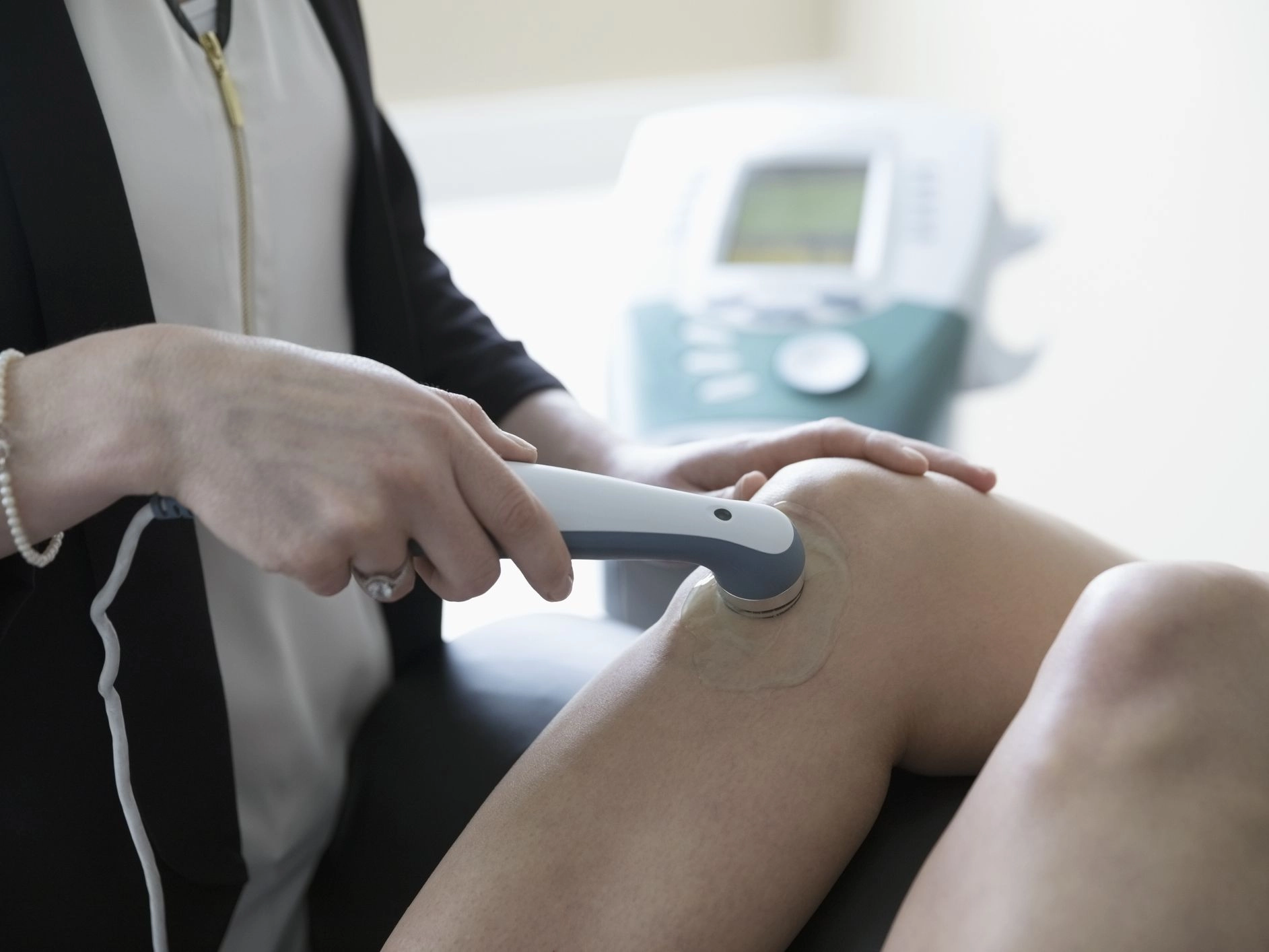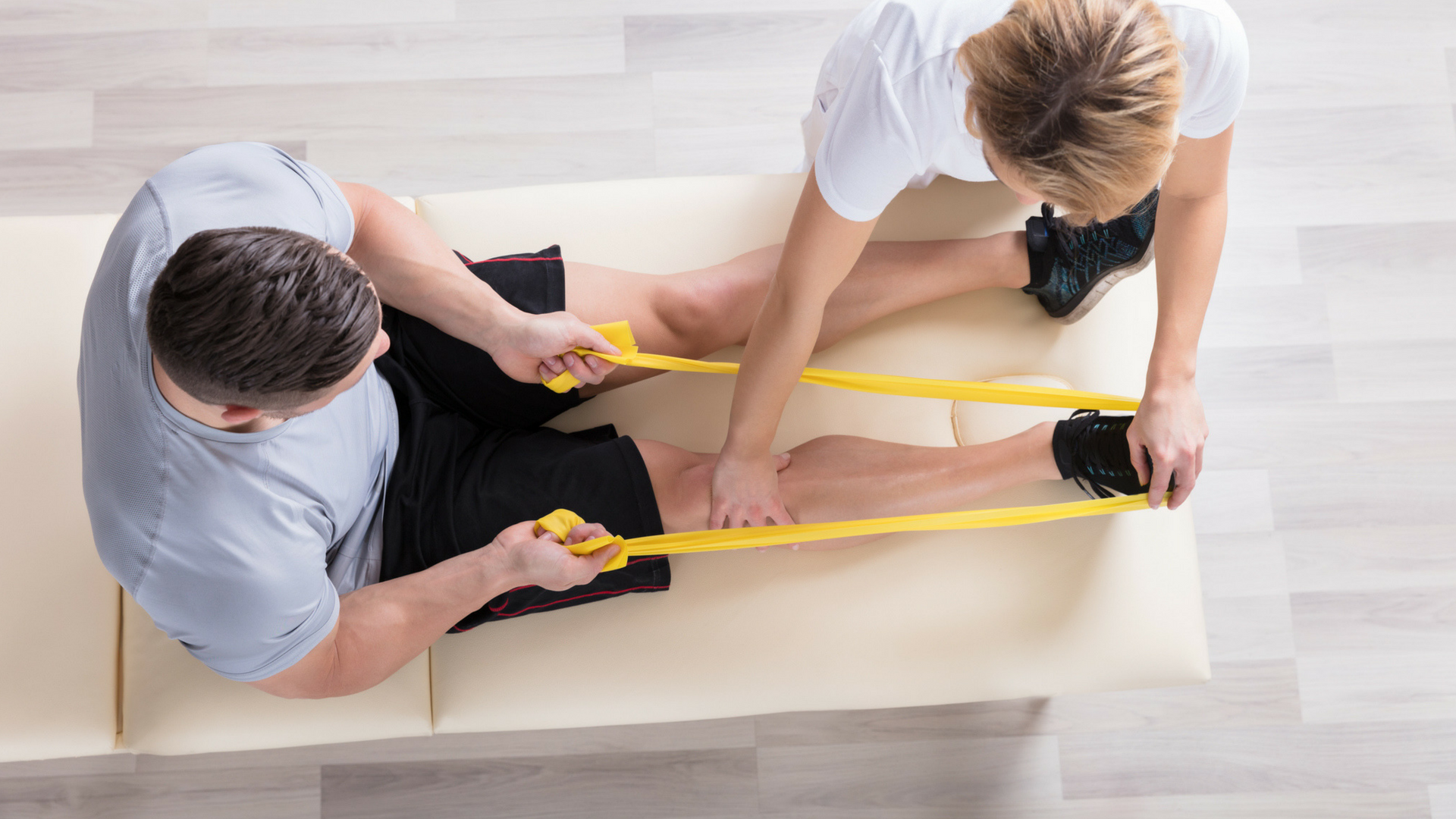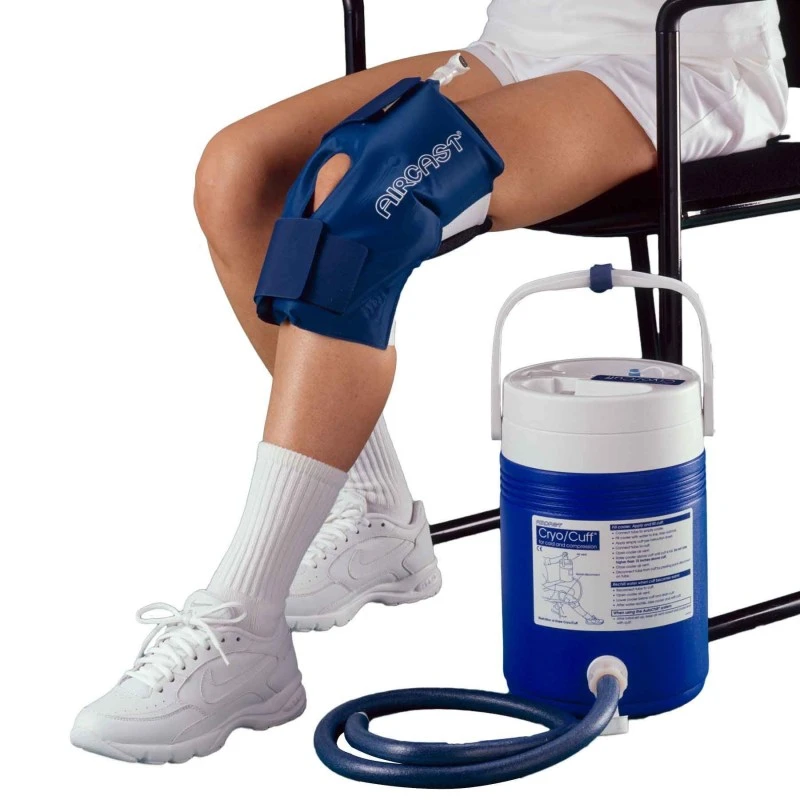“Whether your goal is rehabilitation from an injury, or disease and disability management, physiotherapy can help get you back to life again. We’ll work with you to start the healing process, improve movement and function, and prevent future injury and disease.”
What is physiotherapy?
Physiotherapy is a well-respected healthcare profession that takes a whole-body approach to wellness and considers both physical and physiological factors. Therapists help you overcome or manage disease, injury and disability. People may imagine someone recovering from a broken leg or a serious injury when they think about physiotherapy, but it can help with a lot more than just injury recovery.
How can physiotherapy help me?
Working with a physiotherapist can help you regain movement, reduce pain and learn exercises and body mechanics to help you heal or strengthen your body to prevent problems down the road. Physiotherapists have specialized knowledge and bring a holistic approach to recovery, which enables them to treat a wide variety of conditions including fractures and sprains, arthritis and post-surgical issues, stroke and brain injury, dizziness and balance issues, pelvic conditions, cancer-related issues and more.
How does it work?
The physiotherapist will develop an individualized treatment plan, which may include manual therapy, injury-specific exercise programs, electrotherapy and acupuncture. You will also learn simple exercises and stretches to practice at home. Maintaining your at-home exercises is an important part of the recovery process.
When can I expect to see results?
Results vary depending on the type and degree of your condition. Many clients notice an improvement as early as their initial appointment and see significant results when they combine their home exercises with regular appointments.
What do I need to bring to my initial appointment?
At your initial appointment the physiotherapist will discuss any medical history that relates to your condition, so please bring details of any health problems and past treatments. As well, an assessment will be conducted on the area where you are experiencing discomfort. Please wear comfortable, loose-fitting clothing that will allow the area to be evaluated.
Electrotherapy
Electrotherapy can have many uses in physiotherapy. There is now evidence that modalities such as ultrasound can have a positive effect on tissue repair and healing, assisting the body’s own natural healing process. Other electrotherapy such as a TENS or IFT (Interferential Therapy) are used for pain relief. They can relieve pain by stimulating the sensory nerves which then ‘block’ the pain messages from reaching the brain. They also stimulate release of the body’s own pain killers (opioids). Electrotherapy is often used in conjunction with other techniques.
Ultrasound therapy
Therapeutic Ultrasound is a method of stimulating tissue beneath the skin’s surface using sound waves. It is a very high frequency massage that penetrates deep below the surface of your skin. The ultrasound cannot be heard of felt by humans or animals. It affects very small molecules and cells in the body causing them to move.Therapeutic ultrasound works on two main fronts: firstly it increases the blood flow to the area which speeds up the healing process. It also reduces swelling and oedema which is the main cause of the pain you are experiencing.
Exercise Therapy
Advice on specific exercises to address specific problems is widely used in physiotherapy. Not many of our patients ‘escape’ without being given any exercises! Often the exercises are a treatment in themselves or they can be used to maintain the improvement gained within physiotherapy sessions. Exercises can be used to restore normal function, strengthen muscles that have become weak and under used, switch off other muscles that have become over active and tight, stretch out tight soft tissues and re-educate posture. They are most effective when they are specific to the problem that is being addressed, taught and performed accurately and then progressed as the problem resolves.
Moist Heat Therapy
Moist heat also called superficial heat, is a physical therapy modality used to control pain, speed healing, relax muscles, and increase range of motion.








